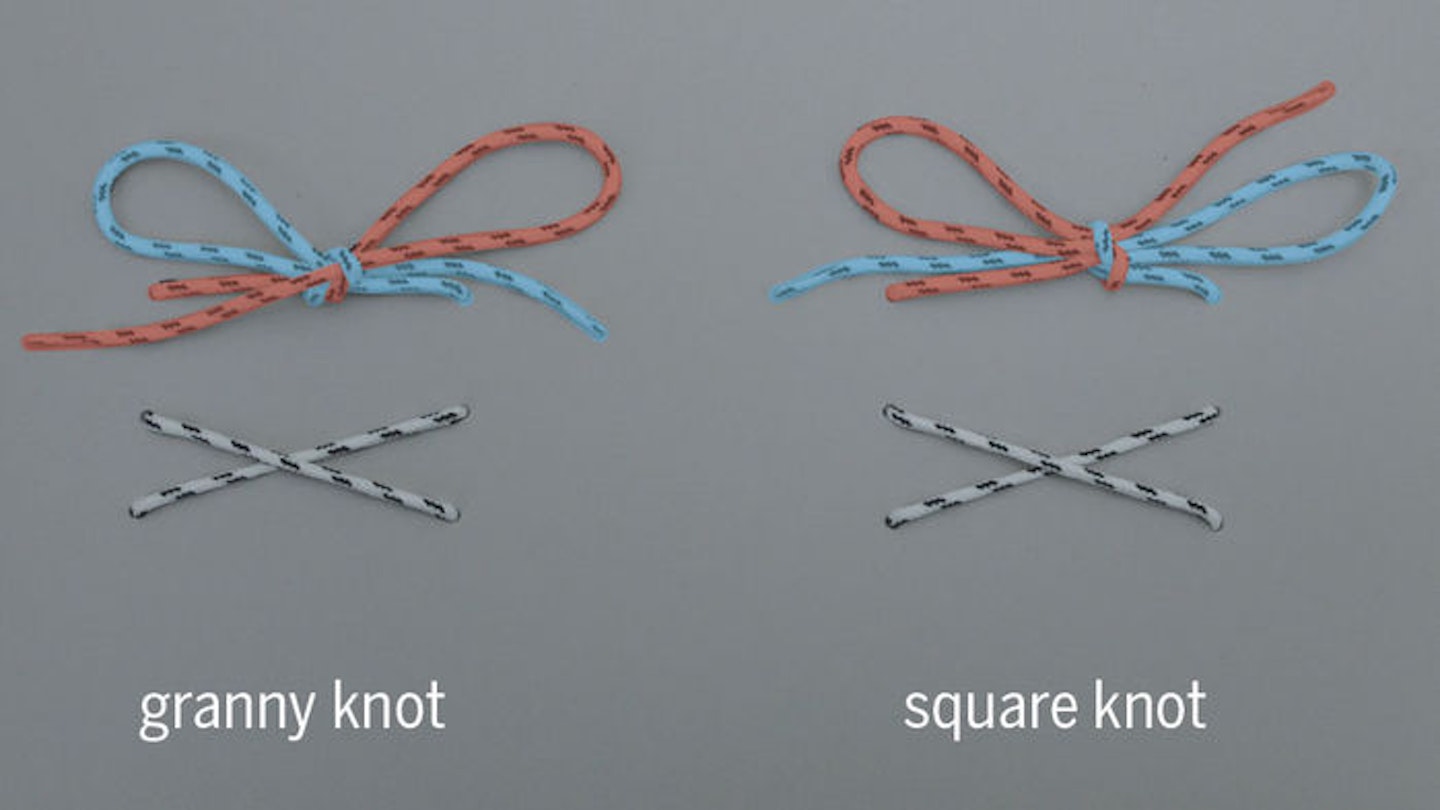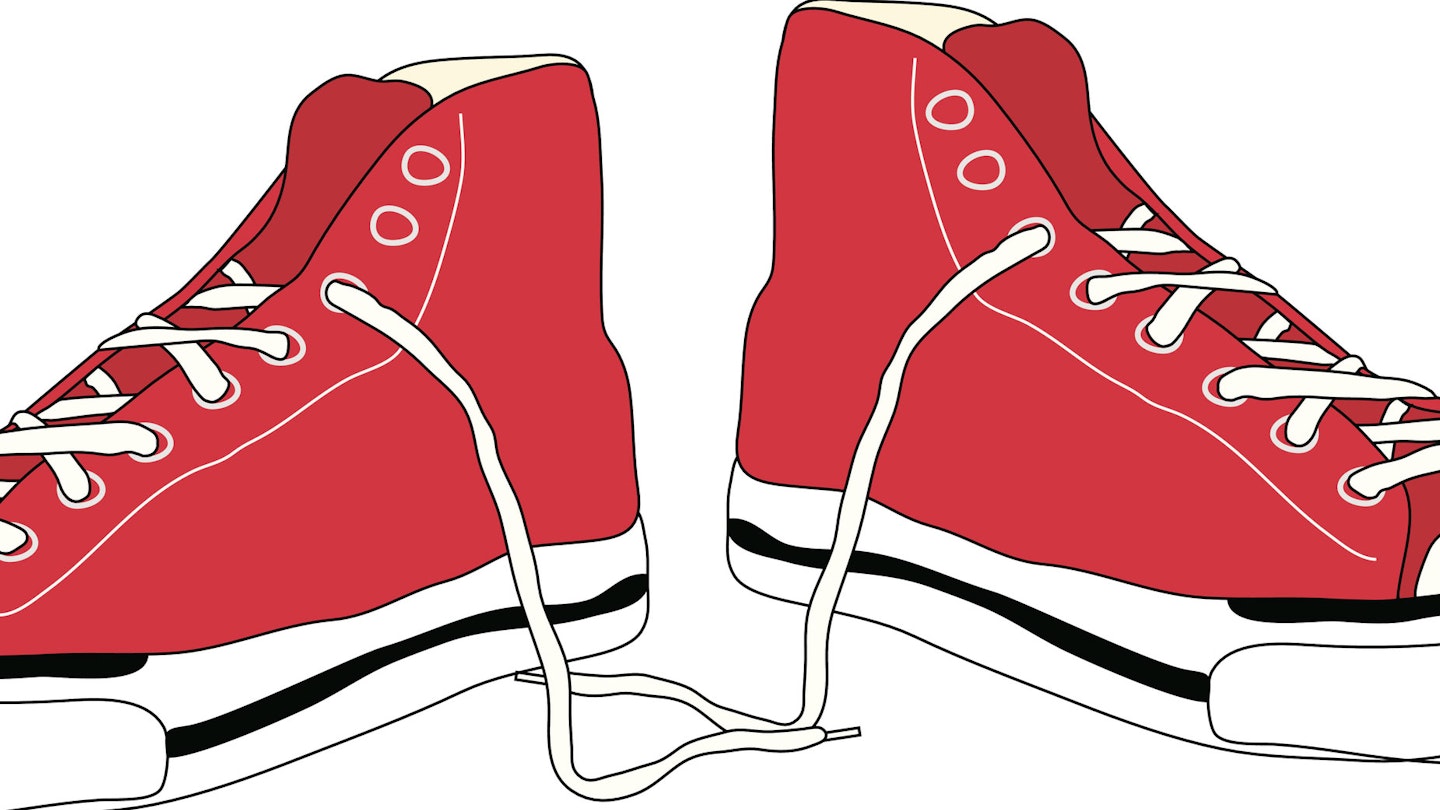It's one of those confounding life questions that is apt to keep us awake at night...
So, why do laces come undone?
It was befuddling enough when we were kids, and had only just grasped the knack of tying our own shoes (a major milestone of childhood).
And now we're grown-up, it's even more annoying. Untied shoelaces always seem to happen at the most inopportune moments, whether that's traipsing round Topshop with half a dozen bags in tow, attempting to keep momentum on our first 10K stretch, or rushing for the very last tube of the night.
We all deal with this everyday annoyance and yet no-one has paused to figure out why - until now.
Researchers at the University of California, Berkeley, filmed a volunteer in slow-motion on a treadmill to work out exactly when her laces suffered what they termed a "catastrophic failure" (yep, this is serious stuff).
"What was remarkable to us was how fast it happened," observes study co-author Oliver O’Reilly. “It took two strides for the shoelace to untie. ... It explains why when you’re walking along and everything seems completely fine, all of a sudden, boom!" – you’re tripping on your lace.

The scientists discovered that stomping or swinging one's legs was not enough alone to cause laces to untie. Instead, you have to actively walk or run, and in the action of doing so, your shoestrings will unravel.
To examine this finding further, researchers attached a small device measuring acceleration to the end of trainer laces, as a participant went out for a jog.
“We were surprised that the accelerations were so high," O’Reilly says. "Your foot is experiencing these really high g-forces as you’re running all the time. It’s a biomechanical miracle that all of that impact is absorbed through your body and spine."
The test confirmed that it takes both foot impact (stomp) and lashing laces (swing) to untie a knot.
Sadly, there's no real solution to this issue, since the team - who presented their findings in the Proceedings of the Royal Society journal this week - found that laces are liable to unravel over time, regardless of what kind of knot you tie. It's pretty much an inevitable outcome.

However, they did identify that one type of knot is more resilient and less likely to fail compared to another.
The so-called "granny knot" tied using the "bunny ears" technique taught to children, failed every time in the experiments, whereas the more sophisticated "square knot" failed only around half the time.
Watch this oddly compelling TED Talk tutorial to find out more about the difference between the two types of knot.
The study “is proving the fact that the granny knot is a loser and the square knot is the way to go," knot theorist Colin Adams of Williams College tells USA Today.
The team at Berkeley don't yet know why one knot is more superior to the other; but their continued analysis of trying to predict when a knot fails could have bearings on surgical sutures, mountaineering and even DNA knots related to tumour growths.
We, in the meantime, will continue to stumble as our laces make a break for freedom - and try in vain to tie the right kind of knot (wish us luck).
READ MORE: Six Easy Habits That Will Make You Happier Every Day
READ MORE: Five Bad Habits That Actually Mean You're A Genius
